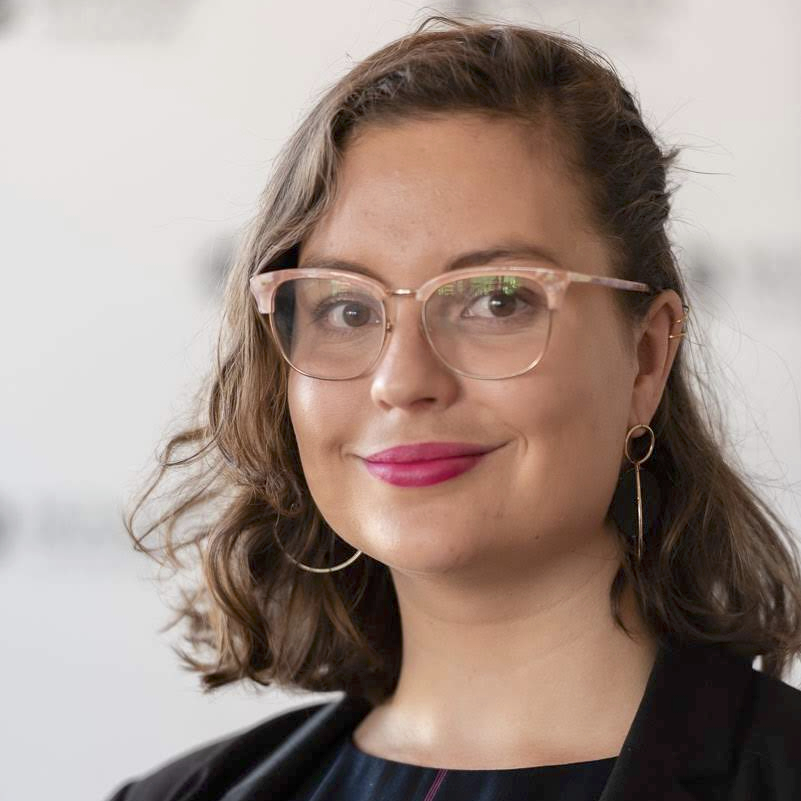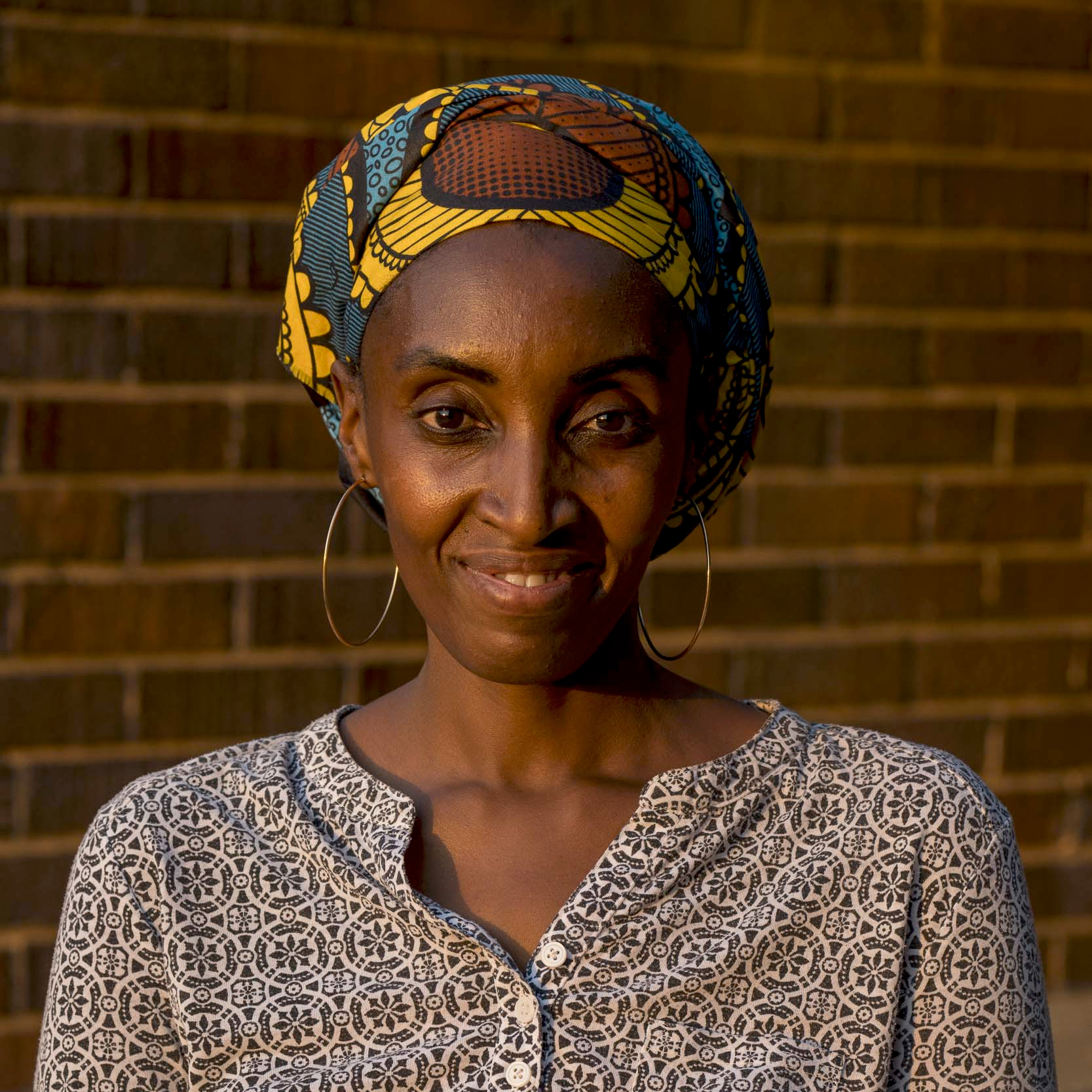“Is there anything really 100% ethical when telling other people's stories? Because at the end of the day, unless you're telling your own story, that's the only time when you can be 100% ethical or authentic. When you're telling other people's stories, I don't know if it's possible to not bring in some sort of bias.”
– Sarah Waiswa (documentary photographer)
Our goal is to showcase thought-provoking photos that call attention to our impact and inspire us to live sustainably. We expect these photos to be challenging and that many will raise tough, but important issues such as environmental racism and exploitation.
Our competition has a responsibility to promote robust, transparent, and ethically informed consent practices in photography. We believe that providing leadership and education on respect for the rights and dignity of all people represented in photography is an essential part of our responsibility as a photography platform.
In order to balance these two interests (i.e. telling important stories while treating the people and subjects with care), we will call on the support from a panel of experts in the fields of conservation and wildlife photography, photojournalism, and photo ethics. You can find out more about our approach to ethics in photography in our ethics statement.

I am very happy to work with the Environmental Photographer of the Year as they continue working to develop robust strategies for considering ethics in the competition.

I'm very excited to be a part of this panel. Discussing how we capture, portray, and appreciate our environment is more important now than ever.

A photograph that tells a powerful story cannot be ignored and this competition aims to showcase some of that work. I hope the selection process will show not only the best talent, but some of the neglected yet important issues we, as people, need to take urgent action on.
The ethics panel will be involved in the selection process after the initial submissions screening and before the jury panel receives any photos to review, taking the following steps:
Through this process we hope to ensure that any photos selected for publication have a robust grounding in ethical photography practices, and represent their subject matter with dignity and respect.
The ethics panel will consider the below elements in their individual review and joint discussion. Submitting photographers are encouraged to also review the ethics section of our competition rules before submitting their work. Most of these concerns can be mitigated by providing as much context as possible, in the photo description or ethics statement (as appropriate). The submission form features specific prompts to help the photographers consider what kind of information to include.